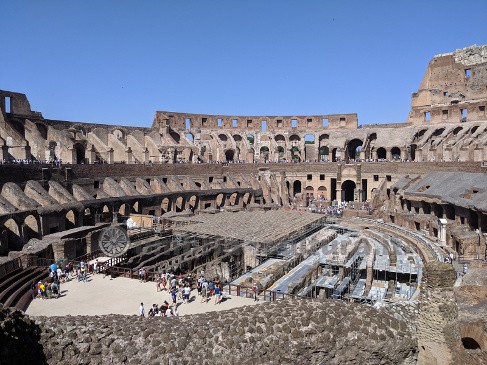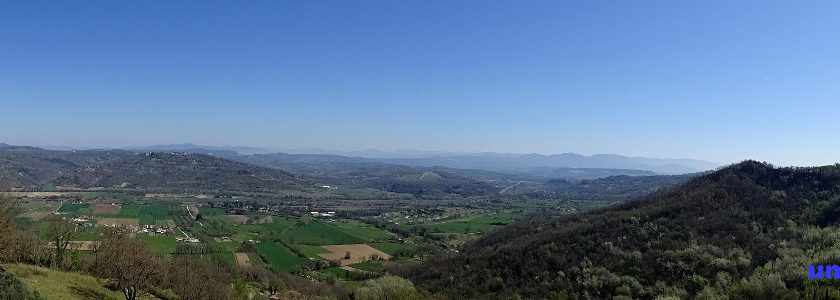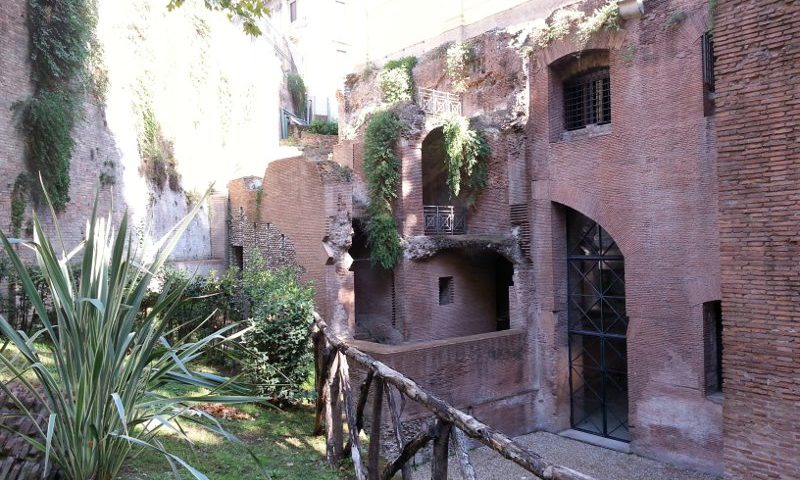The Colosseum, the most visited monument in Italy, the iconic symbol of western civilization, the architectural work destination of tourists from all over the world, who doesn’t know it?
Or rather, who doesn’t think he knows him? In this article you’ll find some gems that, perhaps, even those who pass the Colosseum every day to move to Rome, ignore or have forgotten.
The Colosseum is the largest amphitheater in the world and the most visited Italian monument with its 7.5 million visitors in 2019.
As tall as a 17-storey building with its 50 meters high, the Colosseum consisted of 4 floors, the first consisting of 80 arches which housed monumental statues and the last on the wall. For its construction 100,000 tons of travertine and 300 tons of iron were needed which made it practically indestructible and, despite its enormous proportions, it was built in less than 10 years. Construction began in 71 A.D. under the emperor Vespasian, of the Flavian dynasty, and the works were financed, like other public works of the period, with the proceeds of the provincial taxes and the spoils of the looting of the temple of Jerusalem (70 AD). The area chosen was a valley between the Velia, the Oppio hill and the Celio, where there was an artificial lake (the stagnum mentioned by the poet Marziale), which Nero had excavated for his Domus Aurea. Vespasian saw the construction of the first two floors and managed to dedicate the building before dying in 79 AD. C.
Titus added the third and fourth order of seats and inaugurated the amphitheater with a hundred days of games in 80 AD. C. Shortly thereafter, the second son of Vespasian, the emperor Domitian, made significant modifications, completing the clipea work (probably gilded bronze decorative shields) and creating the basements of the arena: but he died before the end of the works. It was possible to keep the naumachias (representations of naval battles) in the amphitheater, which sources report for the previous era.
At the same time as the amphitheater, some service buildings were erected for the games: the ludi (barracks and training places for gladiators, such as the Magnus), the barracks of the detachment of the sailors of the Classis Misenensis (the Roman fleet based in Miseno) used to the maneuver of the velarium, the sanatorium (place of cure for the wounds of the fighting) and the spoliarum a place where the remains of the gladiators who died in combat were treated.
The large circus could contain, comfortably arranged in the stands, from 50,000 to 70,000 spectators, who could reach the three sectors (which reflected the social status of those who occupied them: above the plebs with a sector reserved for women, while the first level, the lower one, was dedicated to magistrates, vestals, priests and senators) through 80 entrances and exits and a system of stairs and tunnels (vomitoria).
The 37% slope of the steps ensured a perfect view of the shows from any point of the amphitheater, while 240 poles supported the immense velarium which shielded the sun’s rays thanks to 100 sailors of the imperial fleet who were entrusted with the task of its movement.
The daily program of the shows was divided into three phases: the morning began with the Venationes, that is, struggles between animals and between animals and men; at noon the program offered the Ad belvas shows during which the condemned to death were left at the mercy of wild beasts trained to attack men, incited by the service staff; then it closed in the afternoon with the Munera, the real gladiator games, which took place in total chaos due to the excitement of the 50-60 thousand spectators who participated animatedly (the phrases were repeated: Habet / hoc habet = he is beaten, mussum = free him, iugula! = slaughter or cure = burn).
A system of drinking fountains inside the Colosseum calmed the spectators’ thirst and on the lower level, a step very worn by the passage that was tapped to avoid ruinous falls is still visible.
The basements were the real wings of the Colosseum, where a multitude of service people moved the elevators and winches that were to bring gladiators and beasts on the scene and amaze bystanders with “special effects”.
After the sack of Rome in 410 by the Visigoths of Alaric, an inscription was engraved on the podium surrounding the arena in honor of Emperor Honorius, perhaps following restoration. Honorius forbade gladiatorial games and since then the Colosseum was used only for venationes which continued until the time of Theodoric.
The definitive decline of the Colosseum was in the 6th century, after the end of the empire and the emptying of the city fell into disuse and was used for many different uses, from shelter for livestock to the seat of small businesses, in addition to being used as a quarry of materials for the imposing constructions commissioned by the Popes.
Find the Colosseum on Google Maps:



